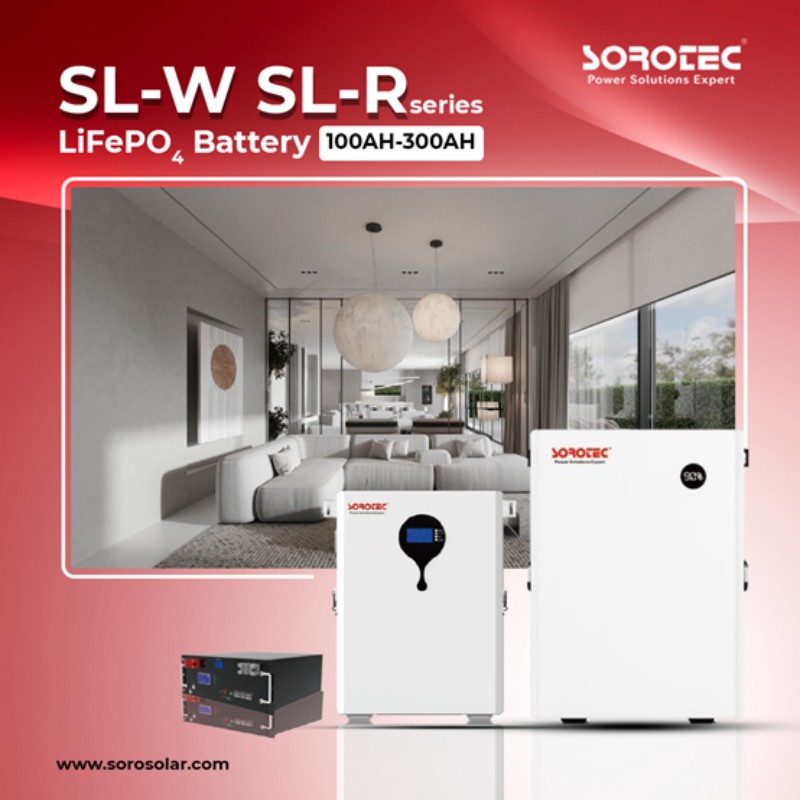In today's energy landscape, understanding battery power is crucial for both consumers and industry professionals. When discussing battery power, one of the most important distinctions is between Alternating Current (AC) and Direct Current (DC). This article will explore what battery power is, the differences between AC and DC, and how these currents impact various applications, particularly in energy storage and renewable energy systems.
Understanding Battery Power
Battery power refers to the electrical energy stored in batteries, which can be used to power a variety of devices and systems. Batteries store energy chemically and release it as electrical energy when needed. The type of current they produce—AC or DC—depends on the battery's design and application.
What is Direct Current (DC)?
Direct Current (DC) is a type of electrical current that flows in one direction only. This is the kind of current generated by batteries, including lithium batteries and lead-acid batteries.
Key Characteristics of DC:
●Unidirectional Flow: Current flows in a single direction, making it ideal for devices that require a stable voltage level, such as electronic devices and electric vehicles.
●Consistent Voltage: DC provides a steady voltage output, which is essential for applications that require reliable power without fluctuations.
Applications of DC:
●Portable Electronics: Devices such as smartphones, laptops, and tablets rely on DC power from batteries.
●Solar Energy Systems: Solar panels generate DC electricity, which is often stored in batteries for later use.
●Electric Vehicles: EVs use DC batteries for propulsion and energy storage.
What is Alternating Current (AC)?
Alternating Current (AC), on the other hand, is an electrical current that changes direction periodically. AC is typically generated by power plants and is what powers homes and businesses through the electrical grid.
Key Characteristics of AC:
●Bidirectional Flow: Current flows in alternating directions, which allows it to be transmitted over long distances efficiently.
●Voltage Variation: The voltage in AC can vary, providing flexibility in power distribution.
Applications of AC:
●Household Power Supply: Most household appliances, such as refrigerators, air conditioners, and lighting systems, run on AC power.
●Industrial Equipment: Large machinery and production equipment typically require AC power due to its ability to easily transmit over long distances.
AC vs. DC: Which is Better?
The choice between AC and DC depends on the application. Both types of current have their advantages and disadvantages:
●Efficiency: AC can be transmitted over long distances with minimal energy loss, making it more efficient for grid power distribution. However, DC is more efficient for short distances and battery storage.
●Complexity: AC systems can be more complex due to the need for transformers and inverters. DC systems are often simpler and require less equipment.
●Cost: AC infrastructure can be expensive to set up and maintain. However, DC systems can be cost-effective for specific applications, such as solar energy storage.
Why It Matters: Battery Power in Renewable Energy
Understanding the difference between AC and DC is particularly important in the context of renewable energy systems. Solar panels produce DC electricity, which is often converted to AC for use in homes and businesses. Here’s how battery power plays a role:
1.Energy Storage: Batteries, typically charged with DC electricity, store energy generated by solar panels. This energy can then be used when the sun isn’t shining.
2.Inverters: Inverter technology is crucial for converting DC power from batteries into AC power for household use, ensuring that renewable energy can be efficiently utilized.
3.Smart Grids: As the world moves towards smart grid technology, the integration of both AC and DC systems is becoming increasingly important, allowing for more efficient energy management.
Conclusion: Understanding Battery Power for Informed Choices
In conclusion, understanding the differences between AC and DC is vital for making informed choices about energy systems, particularly those involving batteries. As renewable energy solutions become more prevalent, the ability to differentiate between these types of current will aid consumers, engineers, and energy professionals in selecting the right technologies for their needs.
Whether you're utilizing battery power for home energy storage, electric vehicles, or renewable energy systems, knowing the implications of AC and DC can enhance your understanding of energy efficiency and technology integration. For high-performance battery solutions that are designed for modern energy applications, consider exploring Sorotec’s range of lithium batteries, optimized for compatibility with both AC and DC systems.

Post time: Sep-24-2024






